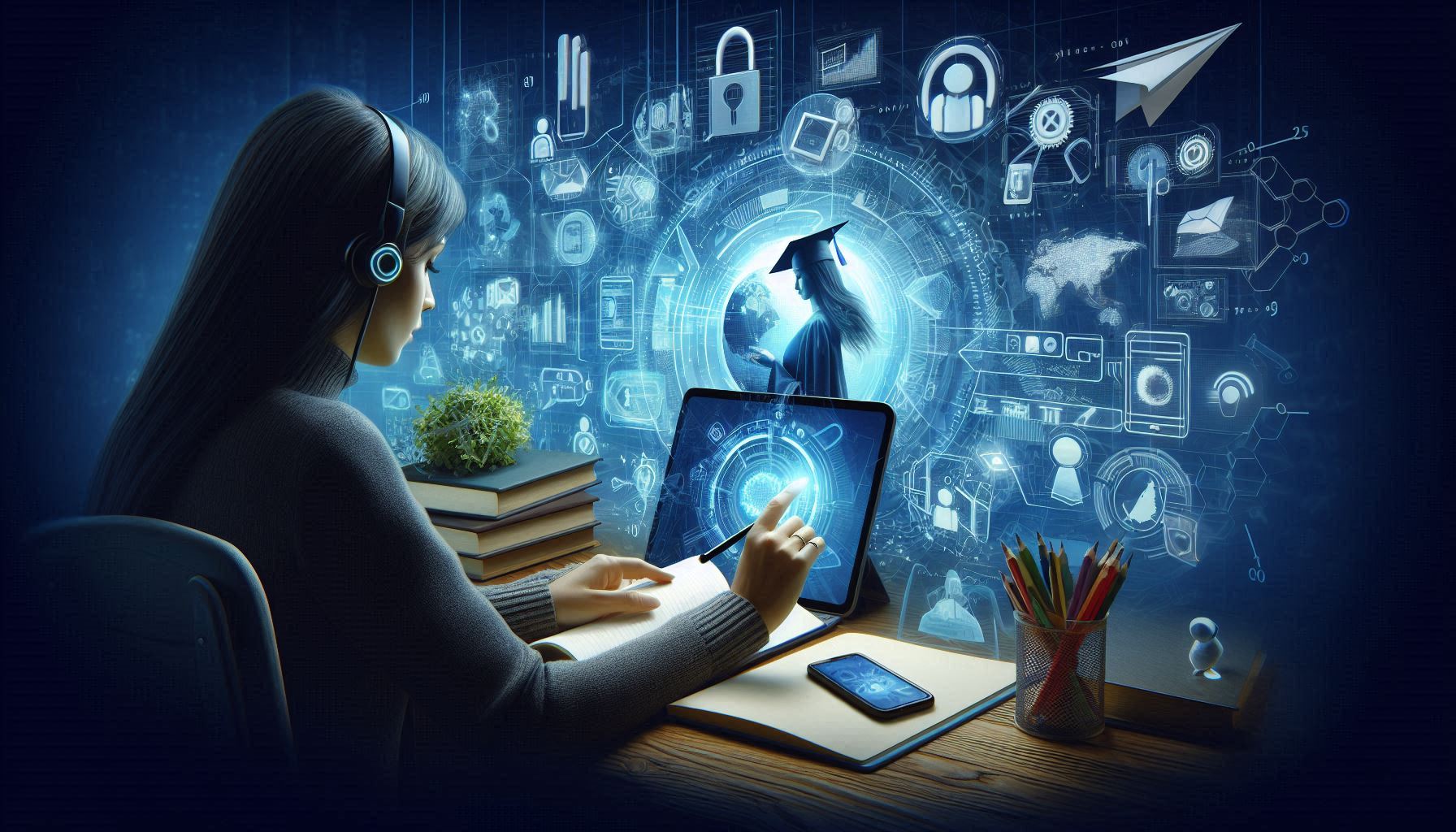The advent of technology has revolutionized various sectors, and education is no exception. In India, the impact of technology on remote education has been profound, especially in the wake of the COVID-19 pandemic. This essay delves into the transformative effects of technology on remote education in India, highlighting both the challenges and opportunities it presents.
- Bridging the Digital Divide
One of the most significant impacts of technology on remote education in India is its potential to bridge the digital divide. With the proliferation of smartphones and internet connectivity, even students in remote areas can access educational resources. However, the digital divide remains a challenge, as many students still lack access to reliable internet and digital devices. Efforts by the government and private sector to provide affordable technology and internet services are crucial in addressing this gap.
- Enhancing Accessibility and Flexibility
Technology has made education more accessible and flexible. Online learning platforms, virtual classrooms, and educational apps have enabled students to learn at their own pace and convenience. This flexibility is particularly beneficial for working professionals and students in rural areas who may not have access to traditional educational institutions. Additionally, technology has facilitated the inclusion of differently-abled students by providing customized learning tools and resources.
- Improving Quality of Education
The integration of technology in education has the potential to improve the quality of education. Interactive learning tools, multimedia content, and virtual labs enhance the learning experience, making it more engaging and effective. Teachers can use digital tools to create dynamic lesson plans and provide personalized feedback to students. Moreover, technology enables access to a vast array of resources and expertise from around the world, enriching the educational experience.
- Addressing Challenges
Despite its benefits, the adoption of technology in remote education in India faces several challenges. The digital divide, as mentioned earlier, is a significant barrier. Additionally, there is a need for adequate training for teachers to effectively use digital tools and platforms. Many educators are not well-versed in technology, which can hinder the effective implementation of remote education. Furthermore, issues such as cybersecurity and data privacy need to be addressed to ensure a safe and secure online learning environment.
- Opportunities for Innovation
The integration of technology in education opens up numerous opportunities for innovation. EdTech startups are developing innovative solutions to enhance the learning experience, such as gamified learning apps, AI-powered tutoring systems, and virtual reality classrooms. These innovations have the potential to transform the educational landscape, making learning more interactive, personalized, and effective.
- Government Initiatives
The Indian government has recognized the importance of technology in education and has launched several initiatives to promote digital learning. Programs like Digital India and ePathshala aim to provide digital resources and infrastructure to schools and students across the country. These initiatives are crucial in ensuring that the benefits of technology reach all sections of society.
Conclusion
In conclusion, technology has had a significant impact on remote education in India, offering both challenges and opportunities. While the digital divide and lack of adequate training for teachers remain significant barriers, the potential benefits of technology in education are immense. By addressing these challenges and leveraging the opportunities for innovation, India can create a more inclusive, accessible, and high-quality education system for all.
